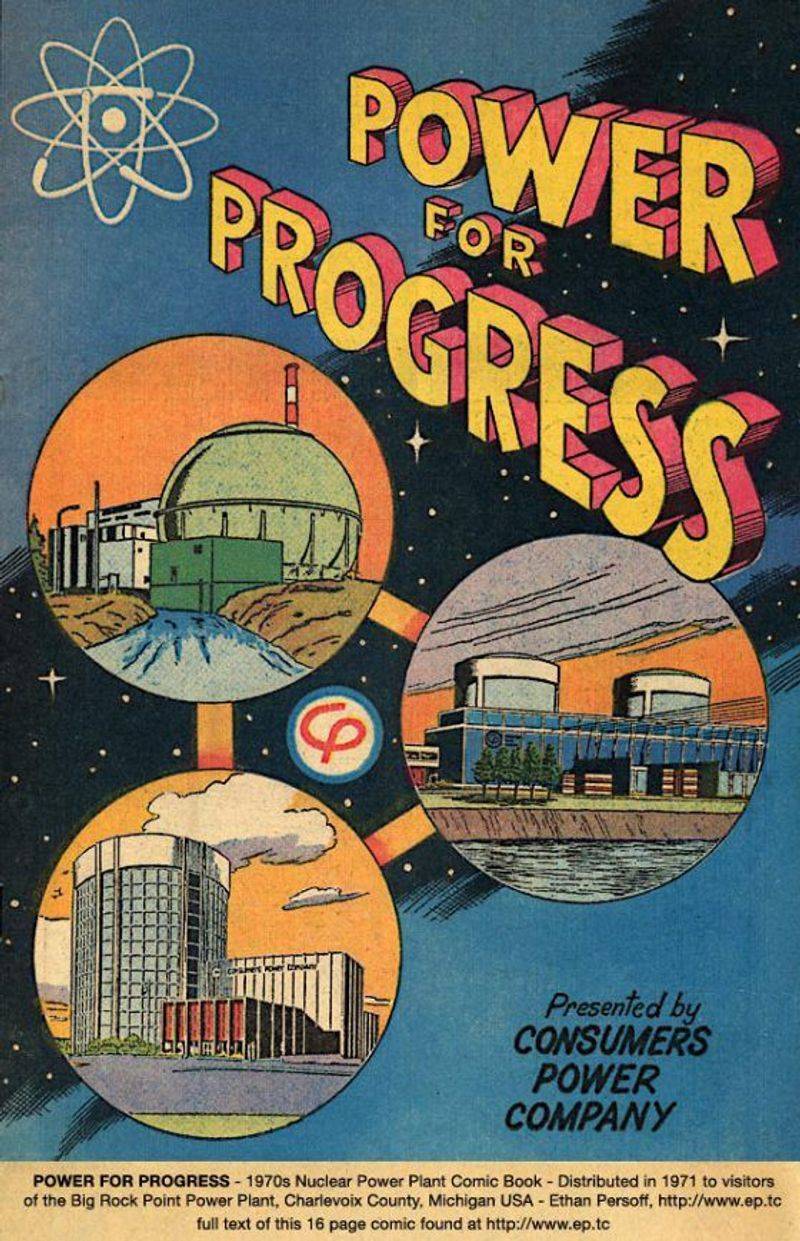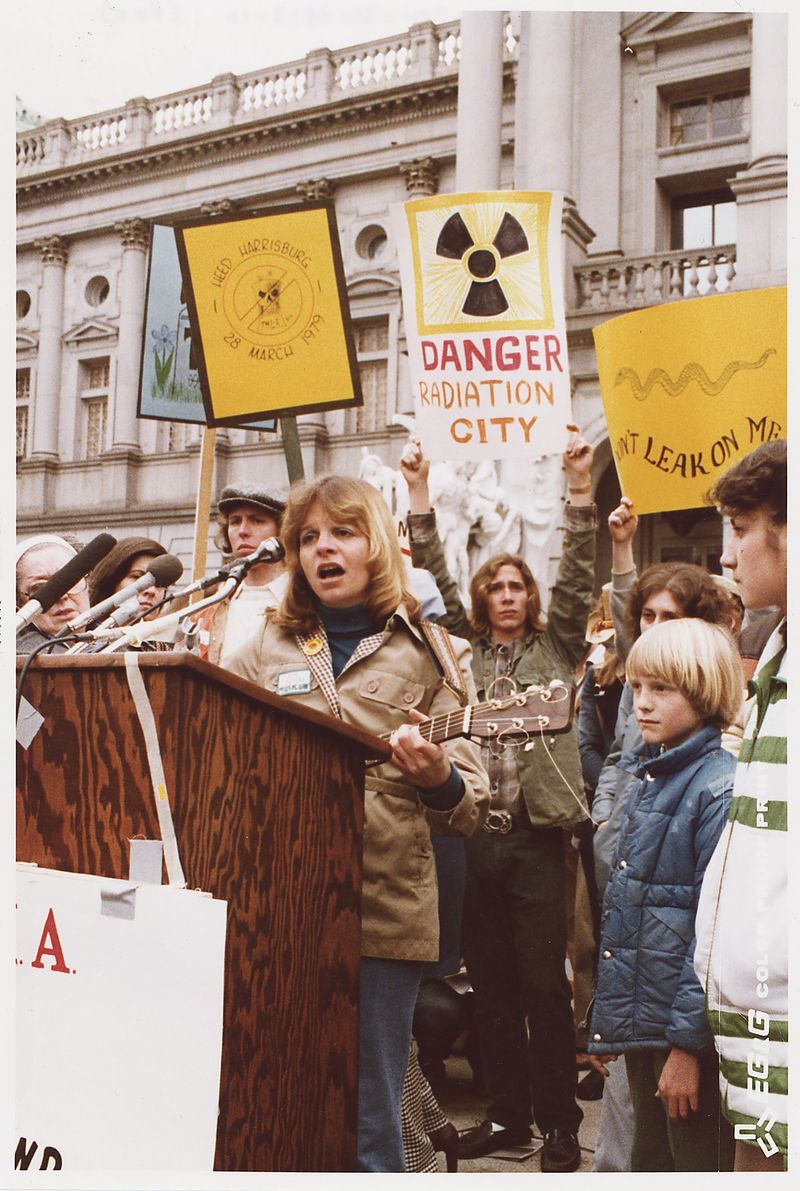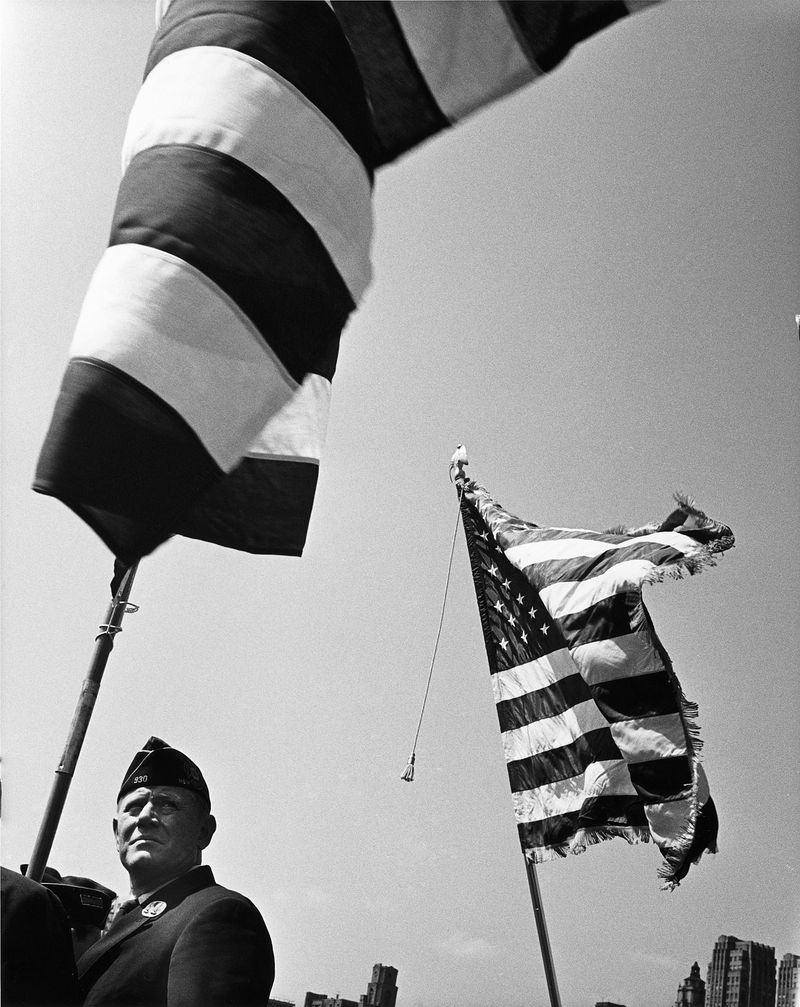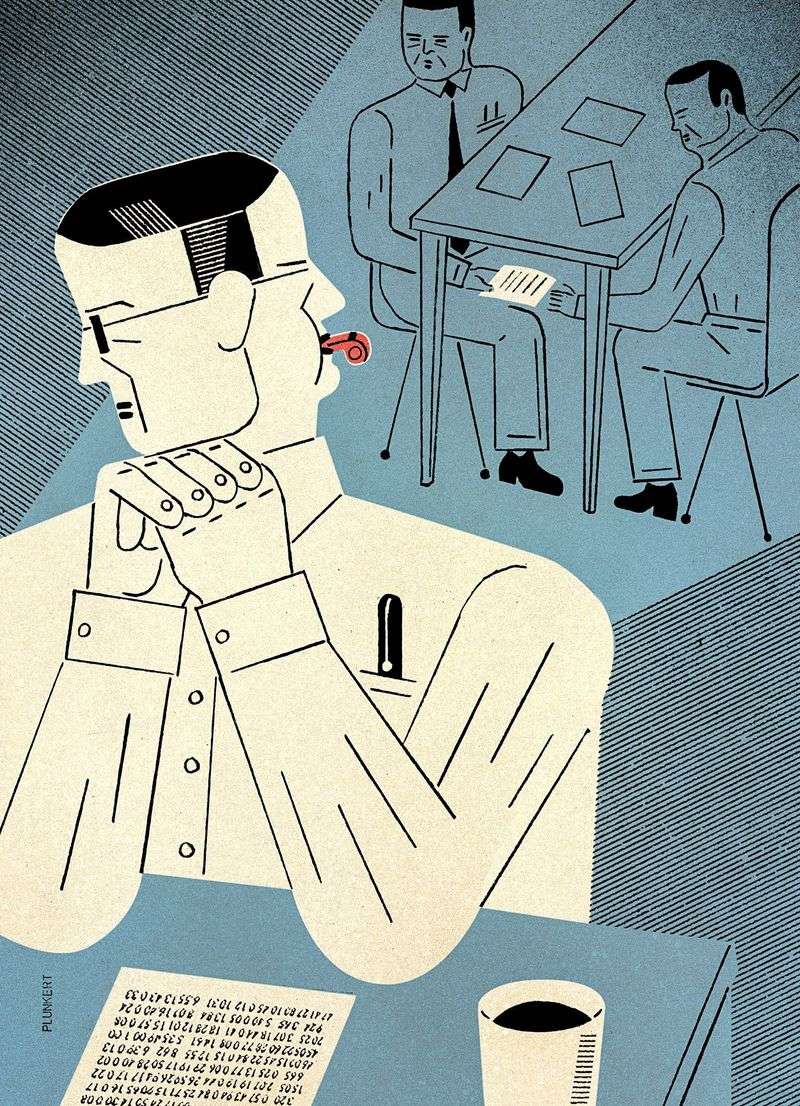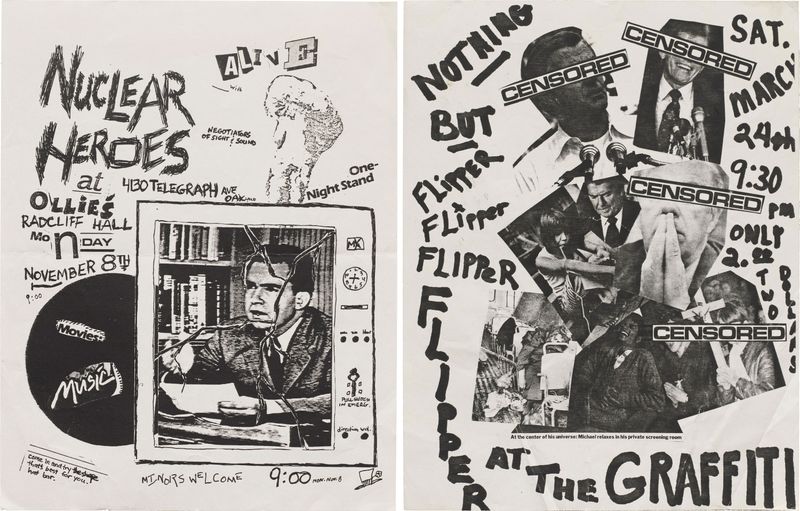Nuclear energy might seem like a modern debate, but the 1970s and 1980s were ground zero for campaigns that shaped today’s policies and public opinion. Behind the public service announcements, glossy brochures, and fiery protests were stories that rarely made headlines — until now. Here are 17 hidden truths from those early nuclear power campaigns that history forgot to highlight.
1. Pro-Nuclear Ads Targeted Housewives
In the 1970s, nuclear energy campaigns targeted housewives as the primary decision-makers for household energy. These ads portrayed nuclear energy as a cleaner and safer way to power homes, emphasizing its benefits over traditional energy sources. The messaging promised convenience and reliability, appealing to women managing household budgets.
A typical ad might feature a smiling woman flipping a switch to a brighter future, her children playing safely in the background. This approach sought to create a sense of security and modernity, linking atomic energy to domestic bliss. It was a strategic move aimed at the heart of American homes.
2. Cartoons Were Used to Soften the Message
Animated characters such as ‘Nuclear Energy Joe’ and ‘Miss Atom’ were created to make nuclear power seem friendly and accessible. These characters appeared in TV spots and educational materials aimed at easing public fears.
By using colorful animations and catchy slogans, campaigns hoped to capture the imagination of younger audiences. These characters often embarked on adventures showcasing the benefits of nuclear energy, helping demystify the technology. The playful approach was intended to counteract the more ominous images of nuclear reactors and radiation, making the idea of atomic energy more palatable.
3. Celebrity Endorsements Were a Real Thing
During the nuclear energy boom, celebrity endorsements lent credibility and glamour to pro-nuclear campaigns. Former astronauts and popular TV personalities were enlisted to speak positively about nuclear power.
Their involvement aimed to reassure the public, suggesting that if trusted figures supported nuclear energy, it must be safe. These endorsements featured in various media, from television to print ads, creating a buzz around the potential of nuclear technology. By associating nuclear power with familiar faces, these campaigns hoped to humanize and popularize a complex and often misunderstood subject.
4. Government Messaging Downplayed Radiation Risks
Internal government communications from the 1980s revealed a strategy to minimize public discourse on radiation exposure and waste disposal. Officials were instructed to focus on nuclear energy’s benefits, often downplaying associated risks.
Press conferences and public statements were carefully crafted to avoid alarm. The narrative was controlled to maintain public support for nuclear projects, with a focus on energy independence and economic growth. Critics argue this approach compromised transparency and public trust, as legitimate safety concerns were overshadowed by the drive to expand nuclear capabilities.
5. Some Ads Promised Energy ‘Too Cheap to Meter’
The phrase ‘too cheap to meter’ became synonymous with the overly ambitious promises of nuclear power advertisements in the 1970s. These campaigns painted a utopian future where energy costs would be negligible, thanks to nuclear technology.
Advertisements featured idyllic scenes of families enjoying endless electricity without a care for the cost. However, this promise never materialized, as the complexities and costs of nuclear power proved to be far greater than expected. The slogan remains a poignant reminder of the optimism and, perhaps, naivety that characterized early nuclear energy campaigns.
6. Anti-Nuclear Groups Were Spied On
Recently declassified documents have uncovered that peaceful anti-nuclear protest groups were under surveillance by federal agencies in the 1970s. Branded as potential threats to national security, these groups were monitored to prevent any disruption to nuclear projects.
Activists often found themselves under scrutiny, with their meetings and communications covertly observed. This surveillance reflected the tension between government interests and public dissent, highlighting a controversial chapter in the history of protest movements. Such actions raised ethical questions about civil liberties and the lengths to which authorities would go to protect nuclear interests.
7. Nuclear Energy Was Framed as Patriotic
In the Cold War era, supporting nuclear energy was often equated with patriotism. Campaigns positioned nuclear power as key to national strength and independence. Posters and media highlighted how embracing nuclear technology was an act of national pride.
Using imagery of American flags and eagles, ads linked nuclear energy to the fight against foreign oil dependence. The narrative suggested that by harnessing atomic power, citizens were contributing to the nation’s greatness. This patriotic framing was designed to rally public support and transform nuclear energy into a symbol of American progress and resilience.
8. Billions Went Into Messaging — Not Safety
While nuclear energy campaigns in the 1970s and 80s poured billions into advertising, safety improvements lagged. Utilities prioritized public relations efforts over infrastructure and emergency planning.
Colorful billboards and flashy commercials often masked underlying safety concerns, focusing instead on selling the dream of limitless energy. Critics argue this diversion of resources reflected a dangerous misalignment of priorities. The imbalance between spending on image versus safety left many questioning the true cost of nuclear power. This period serves as a cautionary tale about the perils of prioritizing perception over protection.
9. Nuclear Energy Week Was an Actual Thing
Nuclear Energy Week emerged as a national event in the 1980s, featuring public activities, school programs, and town fairs to promote nuclear power benefits. These events were designed to educate and engage communities, making nuclear energy feel approachable.
Exhibits ranged from interactive reactor models to informative talks emphasizing the safety and efficiency of nuclear power. By involving schools and families, organizers aimed to demystify nuclear technology. Such efforts were part of a broader strategy to solidify public acceptance and foster enthusiasm for nuclear advancements amid ongoing debates and protests.
10. Whistleblowers Were Silenced
Employees who voiced concerns over safety or reactor design often faced retaliation in the 1980s. Whistleblowers were frequently reassigned, discredited, or outright dismissed for challenging the status quo.
This culture of silence was perpetuated by corporations prioritizing operational continuity over transparency. Reports of faulty equipment or procedural lapses were often buried, sidelining voices that could have prompted crucial safety improvements. The treatment of whistleblowers highlighted systemic issues within the nuclear industry, where speaking out was discouraged, and maintaining a positive image took precedence over addressing potential hazards.
11. Campaigns Relied Heavily on Gender Norms
Nuclear energy campaigns in the 1970s leaned on traditional gender norms to shape messaging. Women were depicted as needing protection from ‘irrational fears,’ while men were portrayed as scientific advocates.
Advertisements reinforced stereotypes, casting men as rational decision-makers and women as emotional and cautious. This narrative sought to reassure households that nuclear technology was safe, as trusted male figures endorsed its benefits. The gendered approach was designed to bolster confidence in nuclear power by appealing to societal norms of the time, using familiar roles to convey a sense of order and trust.
12. High Schools Were Given Propaganda Materials
In the 1980s, nuclear industry groups supplied high schools with curriculum kits and textbooks subtly promoting nuclear power as the future. These educational materials painted a positive picture, often omitting risks or controversies.
Classroom posters and modules were designed to instill a sense of inevitability about adopting nuclear energy. By shaping young minds, the industry hoped to cultivate future advocates. This approach reflects the long-term strategy to embed nuclear technology into the societal fabric, framing it as essential to progress and prosperity. Critics argue it blurred the line between education and propaganda.
13. Reactor Tours Were a PR Tactic
Nuclear power plants hosted open houses and guided tours during the 1970s as a public relations strategy. These events were meant to reassure communities about reactor safety, showcasing operations firsthand.
Visitors donned hard hats and were shown control rooms, all while guides emphasized stringent safety protocols in place. The tours aimed to demystify nuclear processes and foster trust with local residents. However, critics argue these orchestrated visits glossed over underlying risks, presenting an idealized view of nuclear operation. They were part of broader efforts to build public confidence amid growing skepticism.
14. Local Communities Were Rarely Consulted
Despite being directly impacted, local communities often learned about new reactor sites after decisions were made. Public consultations were minimal, with decisions driven by corporate and governmental interests.
Residents frequently found themselves excluded from meaningful dialogue, sparking frustration and protest. This top-down approach highlighted power imbalances and a lack of transparency in nuclear project planning. The oversight fueled distrust and resistance, as communities felt their voices were disregarded. It underscored the need for inclusive and transparent processes in decisions that significantly affect local populations.
15. Anti-Nuclear Art Was Censored
Artistic expressions critical of nuclear power faced censorship in the 1980s. Public murals and gallery exhibits were sometimes pulled or altered due to pressure from sponsors or authorities.
Artists using their platforms to question nuclear policies found themselves silenced, highlighting tensions between freedom of expression and corporate interests. This suppression of dissenting voices reflected broader efforts to control the narrative around nuclear energy. By stifling artistic critique, authorities aimed to maintain a positive public image, even at the cost of artistic freedom. Such actions revealed the lengths taken to protect nuclear power’s reputation.
16. Campaign Slogans Got Surprisingly Emotional
Nuclear energy campaigns in the 1980s employed emotional slogans to capture public sentiment. Phrases like ‘A Brighter Tomorrow Begins Today’ and ‘Nuclear: The Heart of the Atom, The Soul of America’ were crafted to evoke optimism.
These slogans aimed to connect with audiences on an emotional level, portraying nuclear power as essential to a hopeful future. By tapping into dreams of progress and national pride, campaigns sought to transcend technical debates and instill a sense of collective purpose. The emotional appeal was a strategic move to engender support and quash skepticism.
17. Documentaries Were Quietly Funded by Energy Interests
Some educational films about nuclear power in the 1980s were discreetly financed by energy corporations. These seemingly independent documentaries presented nuclear technology in a favorable light, often downplaying challenges.
The financial backing was rarely disclosed, raising ethical concerns about transparency and bias. By funding content that aligned with their interests, corporations influenced public perception, framing nuclear energy as a necessary and benign part of the future. This tactic illustrates the subtle and complex ways industry interests shaped public narratives, blurring the lines between education and corporate promotion.



